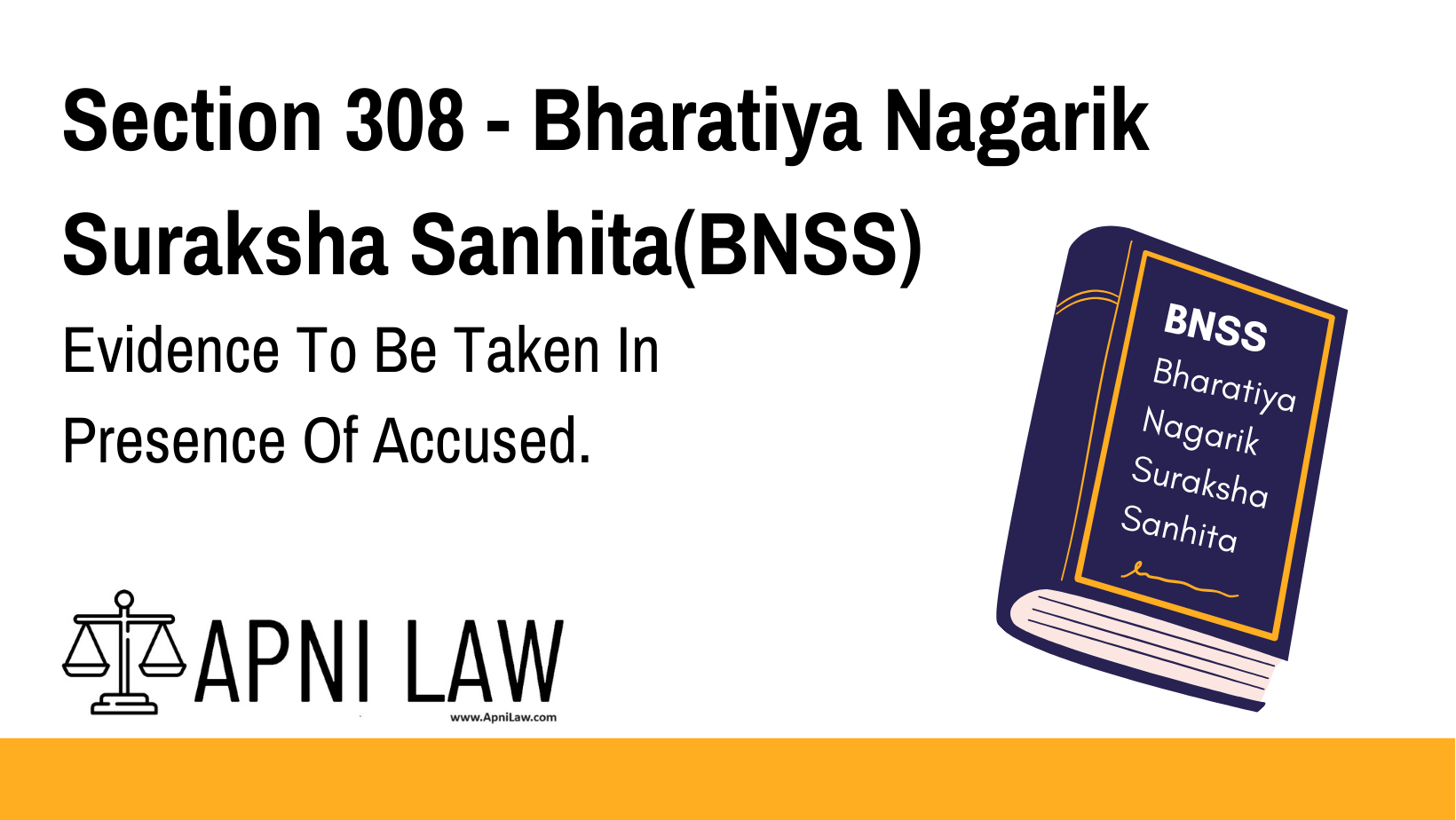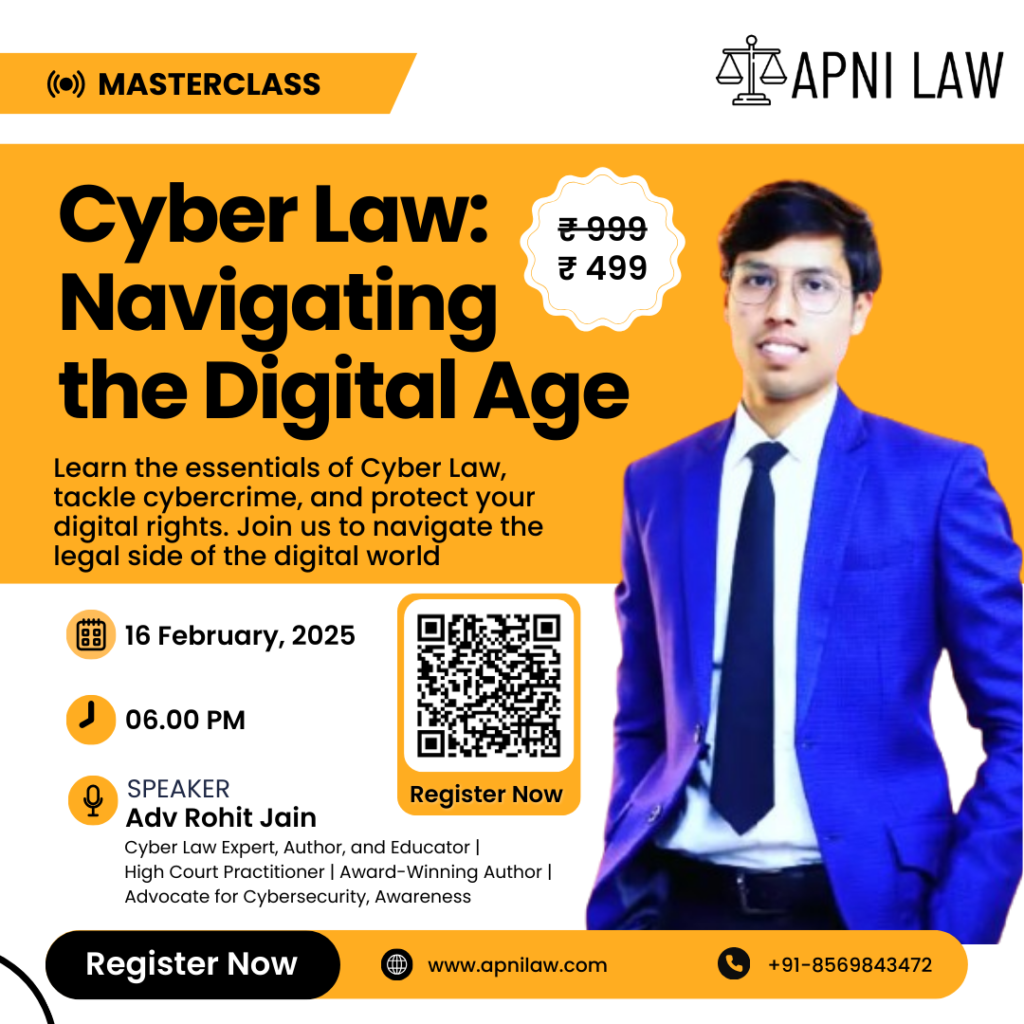Bharatiya Nagarik Suraksha Sanhita (BNSS) – Section 308
Code: Section 308, Bharatiya Nagarik Suraksha Sanhita (BNSS)
Explanation:
This section outlines the principle of **open and fair trial**, ensuring that the accused has the right to be present during the taking of evidence against them. It states that all evidence should be taken in the presence of the accused, unless their personal attendance is dispensed with, in which case their lawyer must be present. This provision guarantees the accused’s right to confront the witnesses against them and challenge their testimonies.
However, there’s a crucial exception for cases involving female victims under 18 years of age who have been subjected to sexual offenses. To safeguard the well-being of such victims, the court has the authority to take measures that prevent direct confrontation between the victim and the accused during evidence recording, while still ensuring the accused’s right to cross-examine the victim.
Illustration:
Imagine a case where a young girl accuses a man of rape. Section 308 allows the court to conduct the recording of the girl’s testimony in a way that minimizes her trauma, such as having her testify in a separate room with a screen separating her from the accused, or allowing her to testify via video conferencing.
Common Questions and Answers:
- Q: What is the purpose of this section?
- A: It safeguards the accused’s right to a fair trial by ensuring their presence during the taking of evidence. It also protects vulnerable victims from unnecessary trauma.
- Q: Does the accused have the right to be present when a minor victim’s testimony is recorded?
- A: The court has the power to restrict the accused’s presence during such recordings, as long as their right to cross-examination is preserved.
- Q: How does the court ensure the accused’s right to cross-examination if they are not present during the victim’s testimony?
- A: The court can employ various measures, such as having the accused participate via video conferencing or having the victim’s testimony recorded and played back during cross-examination.










